Emergency! - Choking
A family member is choking and cannot speak! Would you know what to do? Choking is one of the leading causes of unintentional injury deaths in Singapore. Find out what to do if it happens.


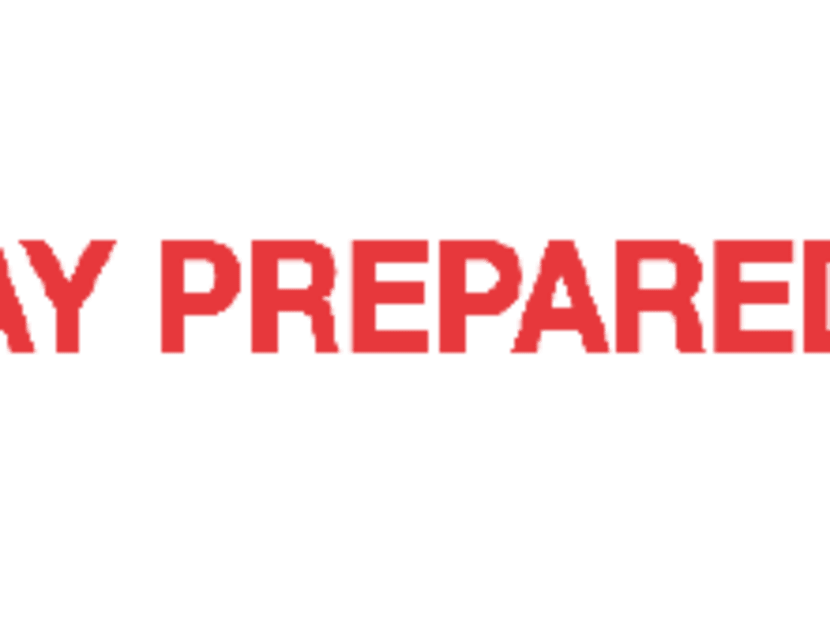

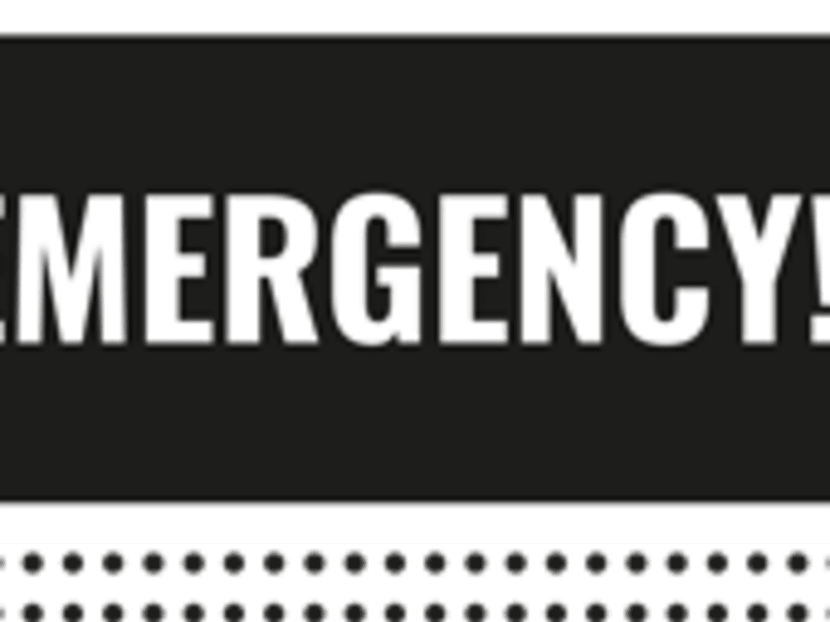
Text by Lyn Chan
Ms Ellen Liao's grandfather almost choked to death at a big family reunion that took place at her home. The elderly patriarch had started coughing and choking at the dinner table, and she recalled how her family and relatives were in a huge panic as to what to do. As Ms Liao's grandfather sat in his chair and desperately tried to cough out the food stuck in his throat, some of her relatives swung into action and patted his back in an attempt to force it out.
When this did not work, Ms Liao's aunt took over: she lifted the elderly man up and performed the Heimlich manoeuvre on him. This fortunately did the trick — her grandfather coughed out the dumpling that had caused him to choke.
Given the incident was as dramatic as it was traumatic, the event is fresh in Ms Liao's mind, particularly the manoeuvre that saved her grandfather's life.

Choking is one of the leading causes of unintentional injury deaths. In Singapore, the KK Women's and Children's Hospital (KKH) sees about 550 paediatric cases of foreign bodies stuck in the throat every year.
The elderly and children under four years of age belong to the most vulnerable groups. Some seniors suffer from the lack of saliva, and this gets in the way of digesting food. Others have a swallowing condition called dysphagia, and also sometimes swallow their dentures.
Young children are at higher risk of choking because food particles can enter the trachea instead of the oesophagus when they are playing or talking. Additionally, because young children's front teeth grow first and molars last, they are not good at chewing. This is often how food choking occurs and also why cutting up large pieces of food is important.
Find out how you can choke-proof your home
Despite parents' best efforts to choke-proof homes, choking still takes place. When it does, it is crucial not be seized with panic and remember to do the right thing.
This is easier said than done, as Ms Jill Tan found. Her son once choked on corn kernels when he was 14 months old. While the housewife had read about Heimlich manoeuvre and how to handle toddlers when they choke, in her panic she could not recall the right techniques. She first tried patting her son's back; it did not work. She then carried him to the sofa, placed him facedown across her leg, and patted his back forcefully. To her immense relief, the corn kernel popped out of his mouth.
Recognising that it was with a stroke of luck that she managed to get the corn kernel out of her son's mouth despite using the wrong methods, Ms Tan has since brushed up on her Heimlich techniques.
EGGS, BANANAS, VINEGAR...FOR A FISHBONE IN THE THROAT?
Other than not knowing what to do when faced with a choking situation, many also believe the strangest things about what to do while choking. These old wives' tales would be laughable if they were not also harmful.
According to Dr Teng Sung Shin, a consultant from the Department of Emergency Medicine at KKH, common mistakes made include swallowing water, rice, raw egg, vinegar, banana or papaya in an attempt to send the blocked food along its way; or removing food from the back of the throat with fingers or utensils such as a spoon or fork. These can cause more harm.
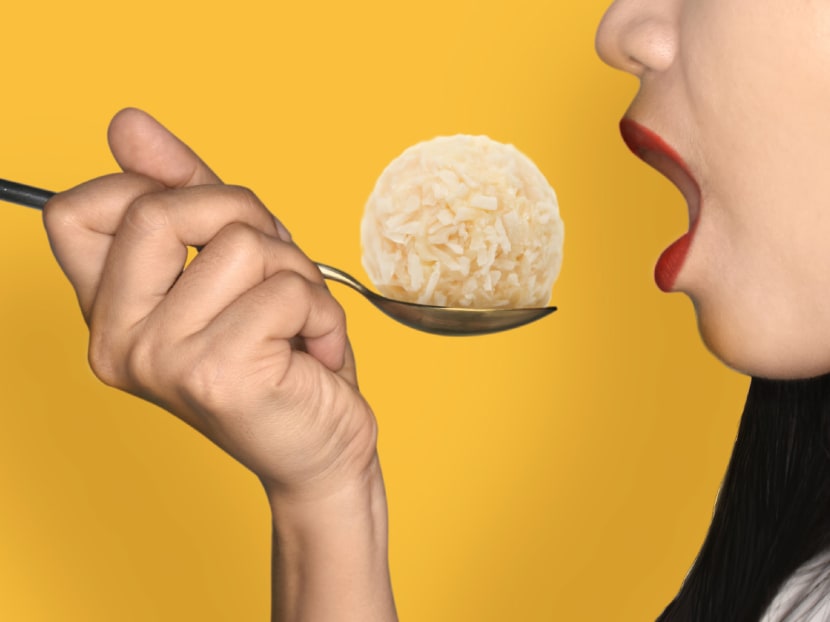
"If the foreign body is still in the mouth and visible, they may be removed using a single finger to sweep out the foreign body," said Dr Teng. "But if the foreign body is deep in the throat, it is possible to push it deeper, resulting in the airway becoming completely blocked." And that is dangerous.
Doing nothing when a fish bone was stuck in her throat was the best thing media professional Ms Tanny Chia did. Despite the sharp discomfort, she refrained from digging down her own throat or listening to colleagues' advice to swallow cooked rice in order to force down the bone. When she could not cough out the bone, she headed to the nearest emergency department and underwent a procedure to fish out the culprit. If she had instead heeded well-meaning but misleading advice, Ms Chia could have suffered more from the fish bone she swallowed.
Not everyone is so lucky. Ingested fish bones can lead to complications. So can choking.
FIRST COMES PREVENTION. NEXT, QUICK ACTION
The good news is, most choking situations are preventable. Keep in mind three things: Choke-proof your home. Be vigilant during meal times. Know the correct techniques to use when someone chokes.
The Heimlich manoeuvre is the most commonly used method to save choking victims experiencing severe airway blockage. While effective and fairly simple, it has to be modified for children, pregnant women and overweight or obese persons, and should be avoided for babies younger than a year old.
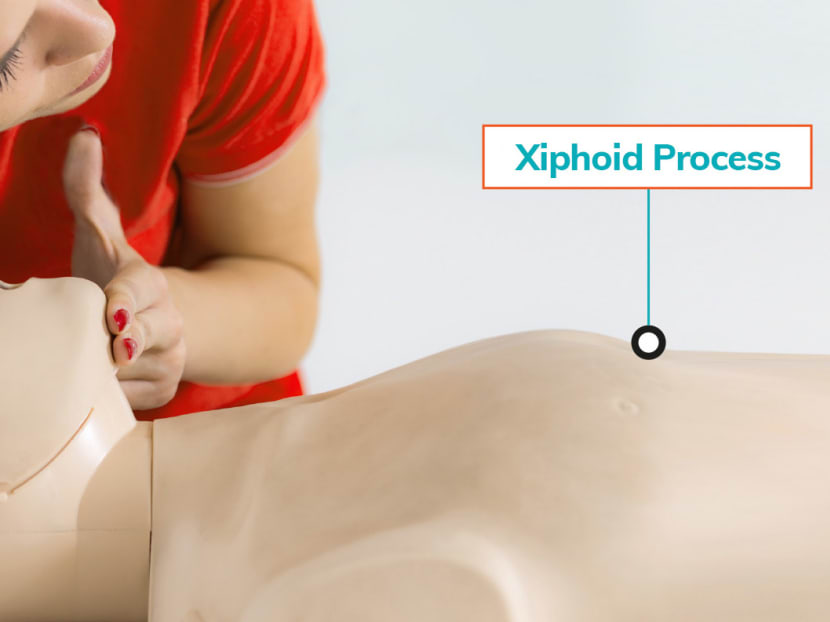
Sources: Information and statistics provided by KKH and the KKH Trauma Registry
Check out four choking scenarios and the best way to manage each one:
1Yourself:Alone and coughing, wheezing or breathing with difficulty
What to do:
- Get the attention of passers-by if you are outside
- To relieve yourself of Foreign Body Airway Obstruction (FBAO), make a fist with your hand, place the thumb-side on your abdomen above the navel (two fingers' breadth) and below the tip of the xiphoid process
- Grasp your fist with the other, then press inward and upward toward the diaphragm with a quick motion
- If unsuccessful, you can also press your upper abdomen over a firm surface such as the back of a chair, side of a table or porch railing. Several abdominal thrusts may be needed to clear the airway
Children and Adults:Conscious, breathing and able to produce sounds like coughing / Turning unconscious
What to do:
- Assess severity — a choking victim with partial airway obstruction will cough in an attempt to expel the foreign body. If he is able to produce a wheezing sound or cough, this means the airway is partially obstructed. Do not interfere. Allow him to clear his airway by coughing until the obstruction is relieved
- Consider calling an ambulance (dial 995) if repeated attempts are not successful
- If the victim is unable to produce a sound, breathe or cough, his airway is completely blocked. If victim is conscious, perform sets of five abdominal thrusts until the foreign body is expelled, or until the victim becomes unconscious
- For an unconscious victim, place him in a supine position on a flat and firm surface
- Call 995 for an ambulance and get an Automated External Defibrillator (AED) if visible and nearby. Perform 30 chest compressions
Pregnant woman or an overweight/ obese person:Looking pale, clutching throat or unable to speak, cough or breathe
What to do:
- The chest thrust is recommended for obese or pregnant persons
- Place your arms under the victim's armpits encircling the chest
- Make a fist with one hand with your thumb in your palm
- Place thumb-side of fist on the middle of the victim's sternum (breastbone)
- Grasp your fist with the other hand and give successive quick backward thrusts (set of five chest thrusts)
- Check if foreign body is expelled after every set of five chest thrusts
- If the obstruction is still not relieved, continue to deliver the set of five chest thrusts until the foreign body is expelled or the victim becomes unconscious
Child and Adult (including pregnant women or those who are overweight or obese):Victim is unconscious
What to do:
- If the choking victim loses consciousness or stops breathing, call 995, if you have not already done so
- Carefully lower the victim onto a firm, flat surface, face upwards
- Perform 30 chest compressions
- Perform head-tilt-chin-lift, open mouth to check for any visible foreign bodies. Use a hooked index finger and remove any obvious obstructing foreign bodies
- If victim is not breathing normally, provide one ventilation, ensuring head-tilt-chin-lift during ventilation
- If victim's chest rises check for normal breathing. If pulse present but victim is not breathing, start rescue breathing
- If victim's chest does not rises, re-attempt head-tile-chin-lift and provide second ventilation. If the chest rises, check for pulse and normal breathing. If there is no pulse, start cardiopulmonary resuscitation (CPR) immediately
Are you a parent or a caregiver? Prepare for choking situations and other emergencies by learning first aid to save lives! Detailed instructions can be found in the Basic Cardiac Life Support (BCLS) manual.
Sources: Instructions taken from the Basic Cardiac Life Support (BCLS) manual, The Singapore Resuscitation and First Aid Council
CHOKING RISKS INCREASE WHEN:
- You and/or your family are distracted while eating, e.g. playing with toys or watching TV
- Food is not cut into sufficiently small pieces or is difficult to chew for small children
- Medication, small toys or objects are left lying around a home with young children
- You have consumed alcohol, as you may vomit when drunk which in turn could cause suffocation if you are unconscious and in a supine position
- The elderly suffer from sensory or motor deterioration
Emergencies like falls, burns and choking can happen anywhere. But the home is the first place to safeguard your young and old against these common, yet preventable mishaps.

Age-related changes with swallowing are normal for the elderly, but foods or liquids entering the lungs regularly is not.

It is normal for toddlers to go through an exploratory phase by trying to put everything they can find into their mouths. Those looking after children would do well to know what objects in the home are choking risks.
RISKY FOODS

Food like fish balls and mini-sausages can choke a young child. Mince or cut round, slippery food lengthwise before feeding it to the young.
Other food items like whole grapes, popcorn, and raw vegetables are similarly hazardous.

A peanut poses a danger because a toddler is unable to chew it into smaller, safer pieces. Chances of a peanut entering the lungs are also increased as young children are still learning to properly chew and swallow food.
LITTLE THINGS
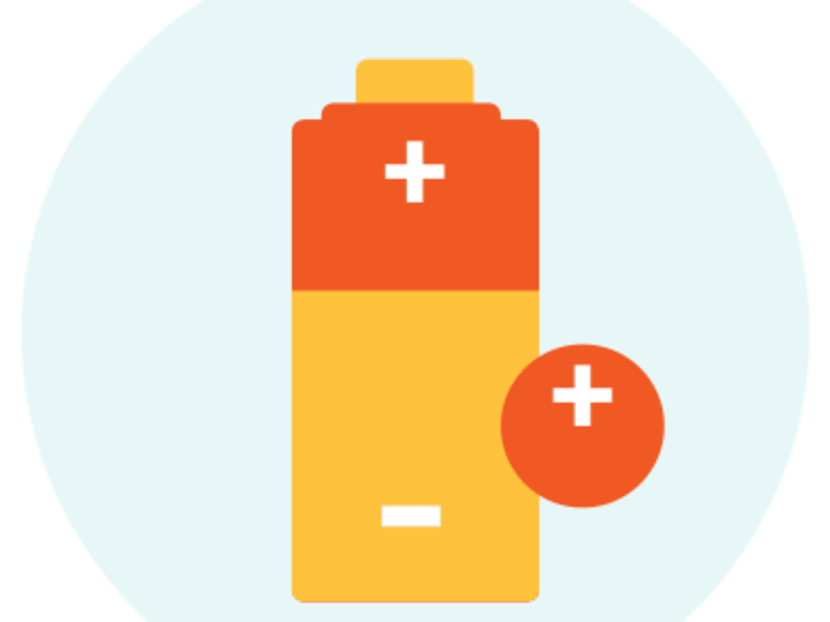
Batteries stuck in the oesophagus can leak corrosive chemicals and cause severe and permanent tissue damage within two to three hours.
Other little hazards include coins, erasers, buttons, ornaments and pebbles.
TINY TOYS

Besides the possibility of choking when swallowed, ingested magnets can result in fatal bowel perforations or intestinal blockages should they stick and compress parts of the bowel wall. Equally risky toys include marbles, small plastic blocks, balls and toy parts.

Latex is especially hazardous because it is smooth and will conform to the airway, forming a tight seal. Even the Heimlich manoeuvre is unlikely to dislodge it.
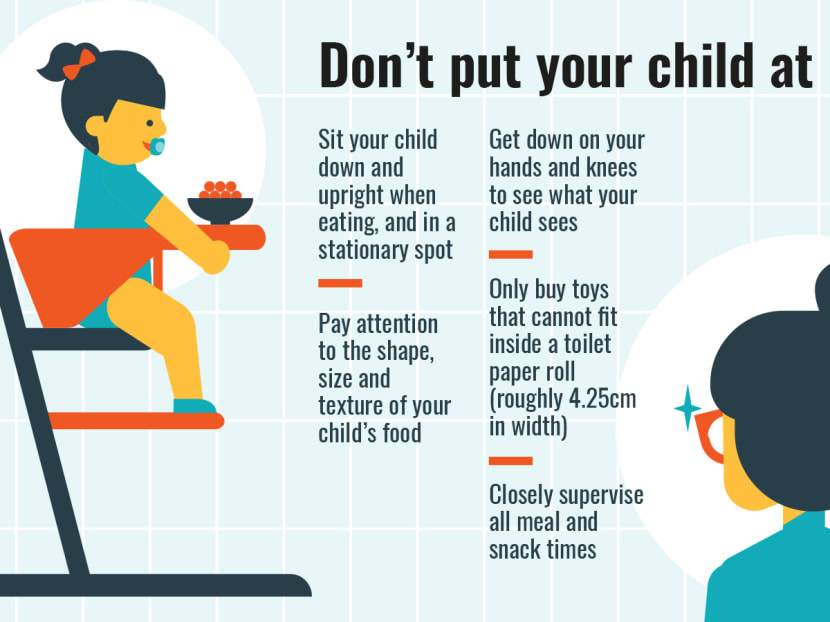





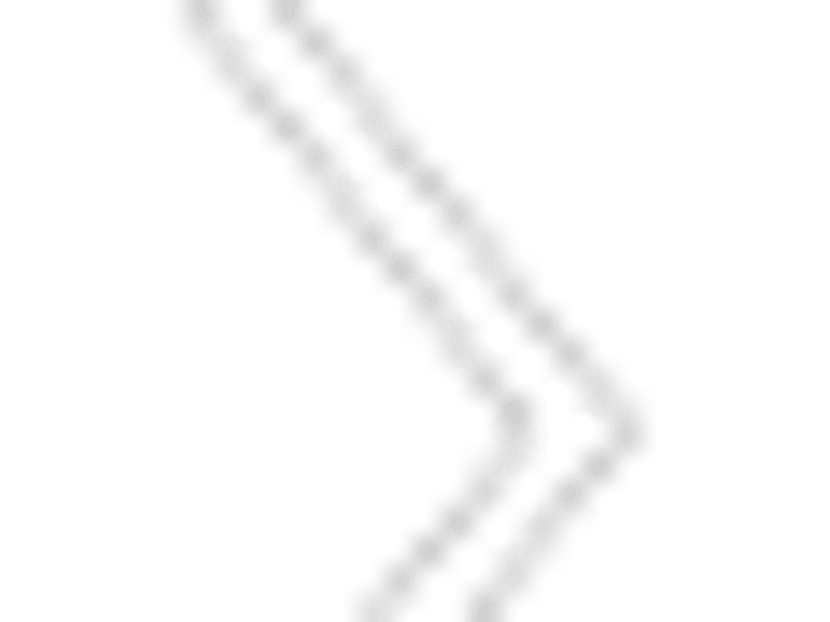
Emergency! — Cardiac Arrest








